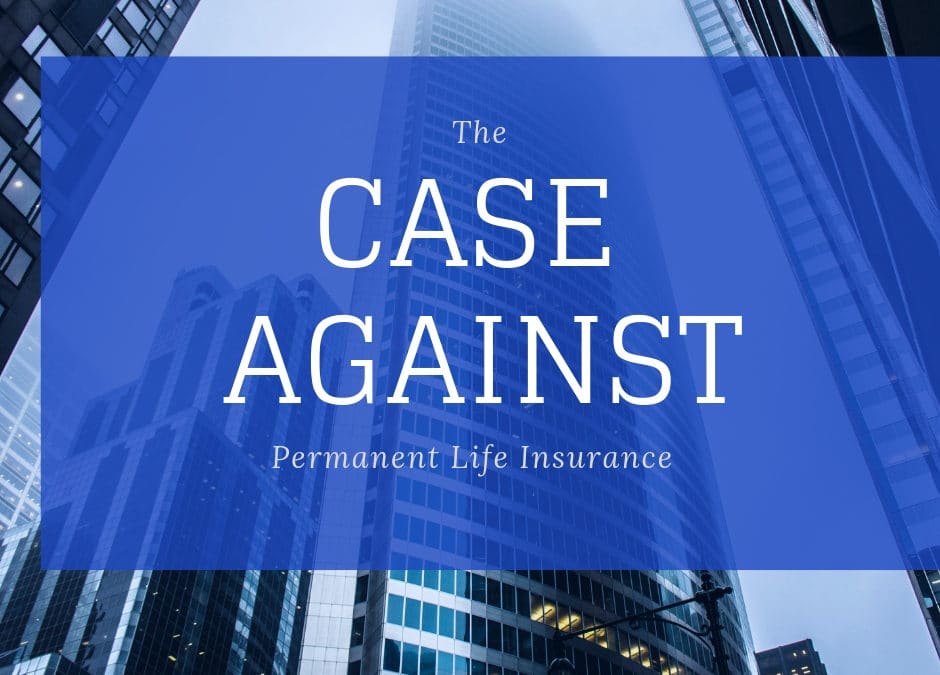Nearly everyone needs life insurance, but it’s easy to end up with a bad policy.
I’m specifically talking about permanent life insurance which provides protection for your entire life as long as you continue paying the premium and the insurer remains solvent. Permanent life insurance comes in three broad flavors: whole life, universal life and variable life.
Most people who end up with a permanent life-insurance policy probably are spending more money than they should for more insurance than they need.
Unlike fiduciary advisers, people who sell insurance don’t have to uphold the fiduciary standard. That means they’re under no obligation to work in your best interest. Instead, they can work in their best interest, or the best interest of the company. It’s a sales pitch when you talk to an insurance agent who wants to convince you that permanent life is something you need to buy.
When choosing between term and permanent life insurance, most people are best choosing term insurance and investing their cost savings into a low-cost portfolio if the goal is long-term growth. There are a few instances to consider a permanent life policy, such as people who have children with special needs, a taxable estate or other unique asset protection needs.
Here are some common arguments that insurance salespeople make about permanent insurance–and how I would push back against those arguments.
—
I originally published this for the Wall Street Journal on February 4, 2019. All of my Wall Street Journal articles can be found here.














